
Nicholas Donnelly considers a recent Brazilian randomised controlled trial of Acceptance and Commitment Therapy versus Cognitive Behavioural Therapy for insomnia.
[read the full story...]
Nicholas Donnelly considers a recent Brazilian randomised controlled trial of Acceptance and Commitment Therapy versus Cognitive Behavioural Therapy for insomnia.
[read the full story...]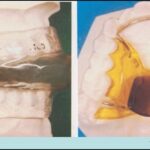
This review of the the effectiveness of different mandibular advancement devices for obstructive sleep apnoea included 50 RCTS. While the findins suggest that mono-bloc MADs are more effective duo-bloc devices the quality of the available evidence is very low.
[read the full story...]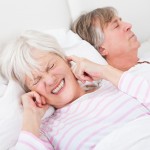
21 studies mainly retrospective studies were included in this review of the dental and skeletal effects of mandibular advancement devices in treatment of obstructive sleep apnoea. while the findings suggest a number of potential side effects the quality of the available evidence in low.
[read the full story...]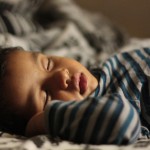
This Cochrane review to assess the effects of oral appliances or functional orthopaedic appliances for obstructive sleep apnoea in children only identified a single small trial which provided insufficient evidence to assess effectiveness.
[read the full story...]
This review of the use of oral appliances for the treatment of obstructive sleep apnoea identified 17 trials, all but one of which wере randomised. The results suggest significant benefits in respiration and sleep quality, compared to placebo devices or blank control.
[read the full story...]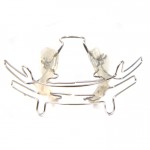
Obstructive sleep apnoea (OSA) can result in day-time sleepiness, neurocognitive decline and, in the long terms cardiovascular problems. While nasal continuous positive airway pressure (CPAP) is the standard treatment for OSA oral appliances (OAs) have been used as an alternative approach. The aim of this review was to assess the effectiveness of OAs that advanced [read the full story…]
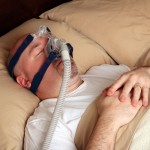
Yesterday we look at an ADA-EBD critical summary of a review on maxillomandibular advancement (MMA) surgery. Today we are considering an ADA-EBD summary of a 2009 review of continuous positive airway pressure (CPAP) by Mcdaid et al. The review included 28 randomised controlled trials (1989 patients) comparing CPAP with controls or dental devices. Both subjective [read the full story…]
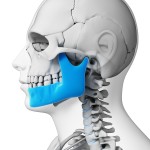
This new ADA-EBD critical summary looks at a 2011 systematic review by Pirklbauer et al. The review compared maxillomandibular advancement (MMA) surgery to conventional continuous positive airway pressure (CPAP) ventilation therapy for reducing signs and symptoms of obstructive sleep apnea syndrome (OSAS) The summariser highlights that although 39 studies and 1213 patients in total were [read the full story…]

Another new critical summary form the ADA-EBD Center looks at a 2011 systematic review by Ahrens et al. The aim of the original review was to compare the effectiveness of different design features of mandibular advancement devices (MADs) in reducing the severity of obstructive sleep apnea (OSA). The appraiser notes that some relevant studies may [read the full story…]

Obstructive sleep apnoea/hypopnoea syndrome (OSAHS) is though to affect around 4% of the male and 2% of the female population of North America. Continuous positive airway pressure (CPAP) particularly for moderate to severe cases. The aim of this cross-over trial was to compare the two types of mandibular advancement appliances (MAAs) with different structures, retention [read the full story…]